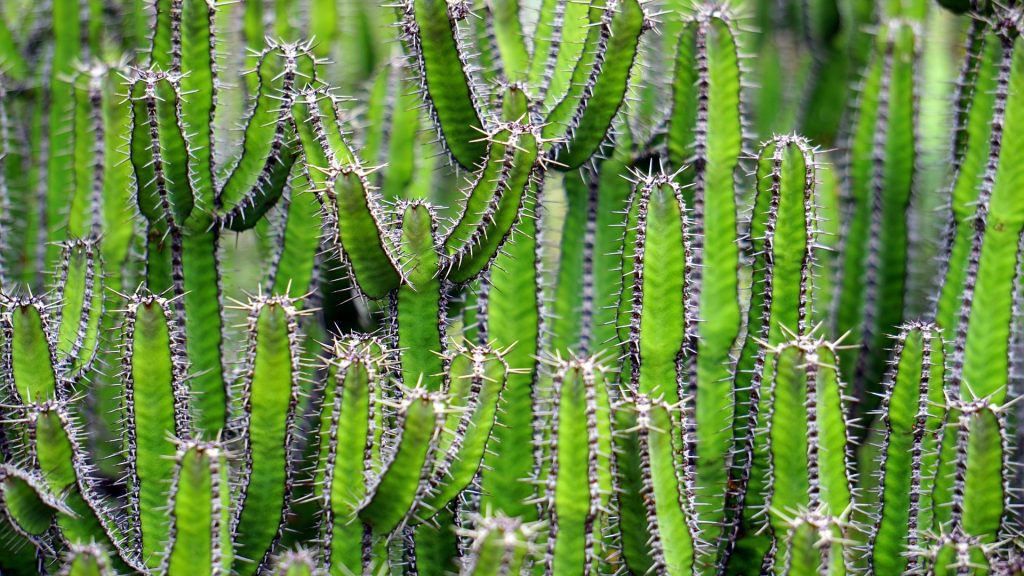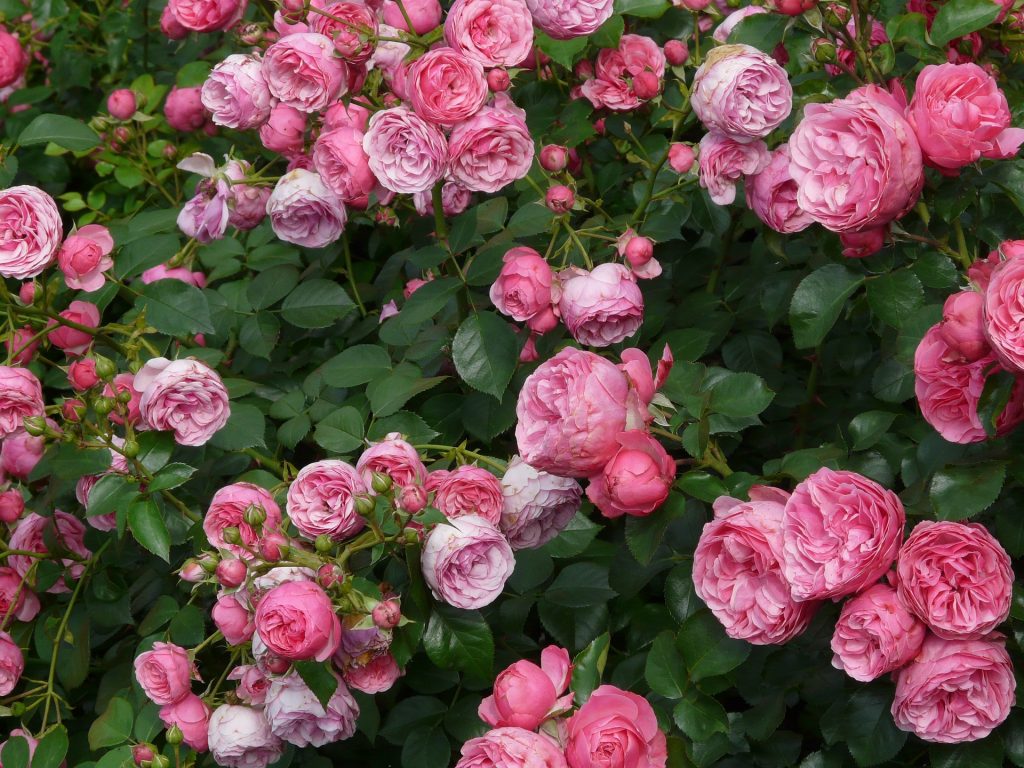You’re ready to move, take on a new adventure, but what about the beautiful landscape you put so much sweat and love into? You’d love to be able to just take it all with you, but can you really do that? Sometimes a plant has sentimental value, like the blueberry bush this author transplanted to his new space so his kids could continue plucking off the sweet fruit; sometimes there is just far too much sweat equity invested to leave the entire garden. Regardless of your reason for wanting to dig up and move your shrubs and flowers, here are some handy tips for bringing some pieces of your old garden to your new home.
Most plants can be successfully transplanted if you follow a few general guidelines.
What to Take and When

The best transplants are healthy, young plants. For those moving to a new state, make sure to check the USDA climate zone of your destination state to ensure that the plants you are bringing along will actually survive in their new home. Many plants that grow well in the north will get scorched by the unrelenting Southern sun, while many plants that do well in Southern states may not survive colder winters. If possible, attempt to transplant in late fall or early spring while the plants are still dormant.
Preparing Plants for the Move
If any of the plants have top growth remaining, prune the plant down. When digging up your plant, be careful not to cut off the large leading roots. Damaging the root system can set the plant back when establishing its root system in a new location. When lifting the plant, be sure to support the root ball from the bottom. Protect the roots of the plant while in transit, cover the roots with wet burlap and make sure the root ball remains moist. While transit won’t be a huge issue for those moving locally, those moving out of state will want to do a little more planning. Nationwide long distance movers, Great Guys, recommends letting your mover know ahead of time that you’ll be moving plants along with the rest of your household goods. It will help your movers plan how they will pack the moving truck since moving plants is a little trickier than moving boxes and furniture. If you’re transplanting several plants, it will likely require a larger moving truck.
Replanting Your Garden
When placing the plant in its new location, dig a hole at least twice the size of the root ball of the plant. Fill the new hole with water and let it drain, then fill the hole again, about a fourth of the way, before placing the plant in it. When placing the plant in its new location, be careful not to break the roots. Add dirt, gently packing the dirt into the roots. Straighten the plant and stake it if it needs a little support. Then, water, water, water. It may take up to a year for your plant to establish itself in the new location.
Alternative Transplanting Techniques
But what if your real estate contract prohibits you from leaving large holes in your landscaping? You can still bring some of your garden with you by growing new plants from cuttings. This may is a more practical approach for those moving far away. Plants grown from cuttings will be clones of the parent plant. The age of the stems from which the cuttings are taken determine the type of cuttings used to successfully grow a new plant.
Different Types of Cuttings

• Stem section cuttings are taken from plants with cane-like stalks, such as dieffenbachia and dracaena. Stem section cuttings are taken from a long stem of the plant.
• Softwood cuttings are taken from new shoots and are best taken during late spring or early summer. Most deciduous shrubs, such as crape myrtles, hydrangeas and lilacs can be grown from softwood cuttings.
• Tip cuttings are taken from the growing tip of the stem of the plant, slightly below a node. Many varieties of herbs can be grown from tip cuttings.
• Root cuttings are taken from the roots of a dormant plant. Perennials plants, such as poppies, or woody plants, like sumac, can be grown from root cuttings.
• Leaf cuttings can be taken from whole leaves, such as succulents or leaf stems, such as with begonias.
• Basal cuttings are taken from a branch of the plant, near the main stem. Basal cuttings can be taken from perennials, such as daisies, delphiniums and lupines.
• Semi-ripe cuttings are generally best when taken in the summer from slightly matured stems of that season. Climbing plants, such as bougainvillea or shrubs, such as camellias respond well to semi-ripe cutting.
• Hardwood cuttings are best when taken in fall and winter from mature, woody stems and planted in the spring. Roses can be grown from hardwood cuttings.
• Heel cuttings contain a part of the main stem of the plant. Many shrubs, such as pyracantha, need this piece of the old stem for successful rooting.
You may miss your former home and garden, but with just a minimal amount effort, you can bring a piece of your old home to your new one.
